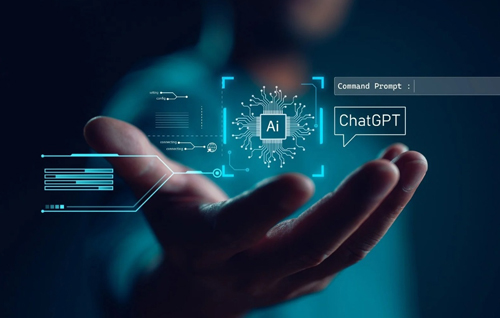Introduction
In today's rapidly evolving digital landscape, user experience (UX) and user interface (UI) design play a pivotal role in the success of websites and applications. With the advent of artificial intelligence (AI), the world of UI/UX design has witnessed a paradigm shift. AI-powered technologies are empowering designers and businesses to create more intuitive, personalized, and engaging experiences for users. In this blog, we'll explore the transformative impact of AI on UI/UX design and how it is reshaping the way we interact with the digital world.
Personalization at Scale
AI-driven UI/UX enables the creation of highly personalized user experiences on a large scale. By analyzing user data, AI algorithms can understand individual preferences, behavior, and habits, tailoring the interface to suit each user. Personalized content, recommendations, and navigation paths enhance user satisfaction and increase the likelihood of conversion.
Enhanced User Research
Traditional user research methods involve time-consuming surveys and interviews. AI-driven tools can process vast amounts of data from multiple sources, such as social media and website analytics, to gain comprehensive insights into user behavior. This data-driven approach enables designers to make more informed decisions and identify pain points that may have been overlooked otherwise.
Natural Language Processing (NLP)
NLP, a subfield of AI, empowers UX designers to create conversational interfaces and chatbots. Through NLP, chatbots can understand and respond to user queries in a natural and human-like manner, enhancing user engagement and support services. These intelligent chatbots provide real-time assistance, streamline customer interactions, and improve overall user satisfaction.
Image and Content Recognition
AI's image and content recognition capabilities have revolutionized UI design. AI algorithms can analyze images, videos, and other multimedia content to understand the context and sentiment. This information helps designers optimize image placement, choose appropriate visuals, and create captivating visual experiences that resonate with users.
Predictive Analytics
AI-driven predictive analytics can anticipate user behavior, allowing designers to optimize UI elements for better user engagement. By analyzing past user interactions, AI algorithms can suggest design changes to enhance user flow, reduce friction, and increase conversion rates.
ConclusionAI is undoubtedly reshaping the landscape of UI/UX design, providing designers with powerful tools to create more user-centric and engaging experiences. From personalization and conversational interfaces to predictive analytics and accessibility improvements, AI is fueling the evolution of web design and making it more accessible and inclusive for all users. As businesses and designers continue to embrace AI-driven UI/UX techniques, we can expect to witness even more innovative and seamless digital experiences in the future.

